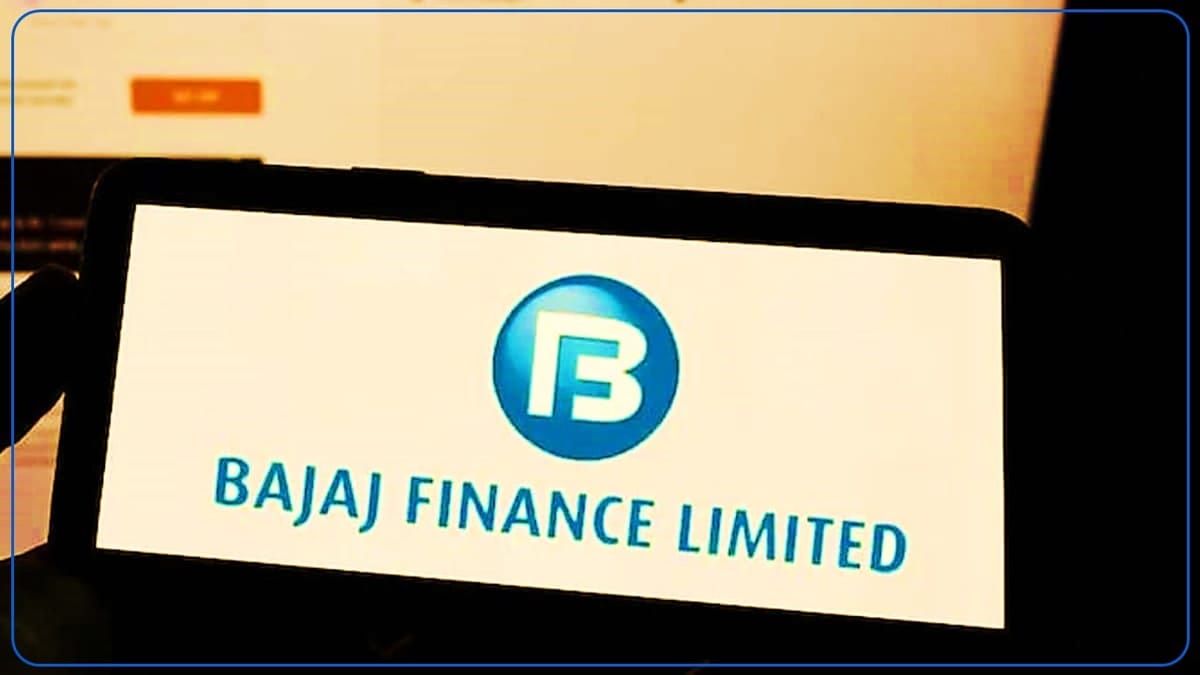Priyanka Kumari | Nov 18, 2023 |

RBI’s risk-weighting norms; Ban Products of Bajaj Finance
Bajaj Finance‘s shares declined 2 % to Rs. 7,219 on November 17 after the Reserve Bank of India (RBI) raised the risk weight on Non-Banking Financial Companies (NBFCs‘) consumer credit exposure to 125 % from 100 % previously.
According to analysts, this decision will have a direct impact on NBFCs’ Tier-1 capital, particularly Bajaj Finance, whose loan book contains 45 percent unsecured retail exposure.
CLSA analysts predict a 230 basis point (bps) decline in Bajaj Finance’s Tier-1 capital, while Citi predicts a 190 bps effect on the lender’s capital adequacy ratio (CAR).
A lower CAR prevents lending institution growth because they must maintain capital to lend more, as required by the RBI. Inadequate capital hurts financial firms’ ability to deal with unexpected losses from bad loans.
Bajaj Finance will need to increase capital adequacy, and raise funds:
In addition, it has a smaller share of priority sector lending than other vehicle finance competitors like Mahindra and Mahindra Finance, and Cholamandalam Finance. According to Kotak Institutional Equities, it makes it more vulnerable due to higher capital adequacy requirements.
As a result, in order to maintain a good CAR with the Central Bank, Bajaj Finance must raise sufficient capital to expand its lending book.
A new capital raising by Non-Banking Financial Companies (NBFCs) from banks will raise their borrowing rates, as even bank lending to NBFCs is expected to become more expensive as a result of the RBI risk-weight measures.
Bank borrowings account for 32 % of Bajaj Finance’s funding.
Rising funding costs may deter Bajaj Finance’s growth path:
As a result, fresh capital raises and pricey loans may have an impact on the margins of most asset-financing NBFCs as the cost of funds rises, according to Emkay Global analysts.
In the July-September quarter (Q2FY24), Bajaj Finance encountered an increase in the cost of funds, which reduced the consumer lender’s net interest margins (NIMs) by 14 (bps).
Along with a 14 bps QoQ decline in margins, increased fund costs may put pressure on profitability, putting the company’s ability to sustain substantial earnings growth in difficulty,” said Anirudh Garg, Partner and Head of Research at Invasset PMS.
According to Morgan Stanley, NBFCs such as Bajaj Finance will suffer higher costs due to expensive bank funding and higher capital requirements, which they will have to pass on through higher lending rates.
Problem increased due to the ban on the product:
Aside from that, the RBI’s prohibition on Bajaj Finance’s loan issuance through two products – eCOM and Insta EMI Card – is projected to limit the consumer lender’s ability to lend and develop.
According to research, Bajaj Finance is trading at 34.09 times (x) price-to-earnings (PE) multiple, which is significantly higher than the sector’s average of 20x PE multiple.
Analysts emphasize that the company needs to grow at a faster rate to justify current values, or it may face a correction in the future.
In comparison to peers, Bajaj Finance is already selling at excessive values. wondering if growth will be possible in the following quarters to support the company’s valuations for the rest of its financial year 2023-24. “If Bajaj Finance does not grow at a CAGR of 30-35 percent in H2FY24, the valuations will not be sustainable,” said AK Prabhakar, Head of Research at IDBI Capital.
The elevated risk weights, together with margin contractions and higher funding costs, pose difficulties to Bajaj Finance’s earnings profile and may shift lending patterns in the NBFC sector.
In case of any Doubt regarding Membership you can mail us at [email protected]
Join Studycafe's WhatsApp Group or Telegram Channel for Latest Updates on Government Job, Sarkari Naukri, Private Jobs, Income Tax, GST, Companies Act, Judgements and CA, CS, ICWA, and MUCH MORE!"